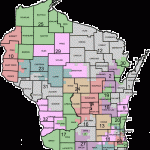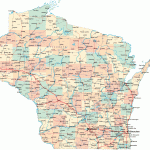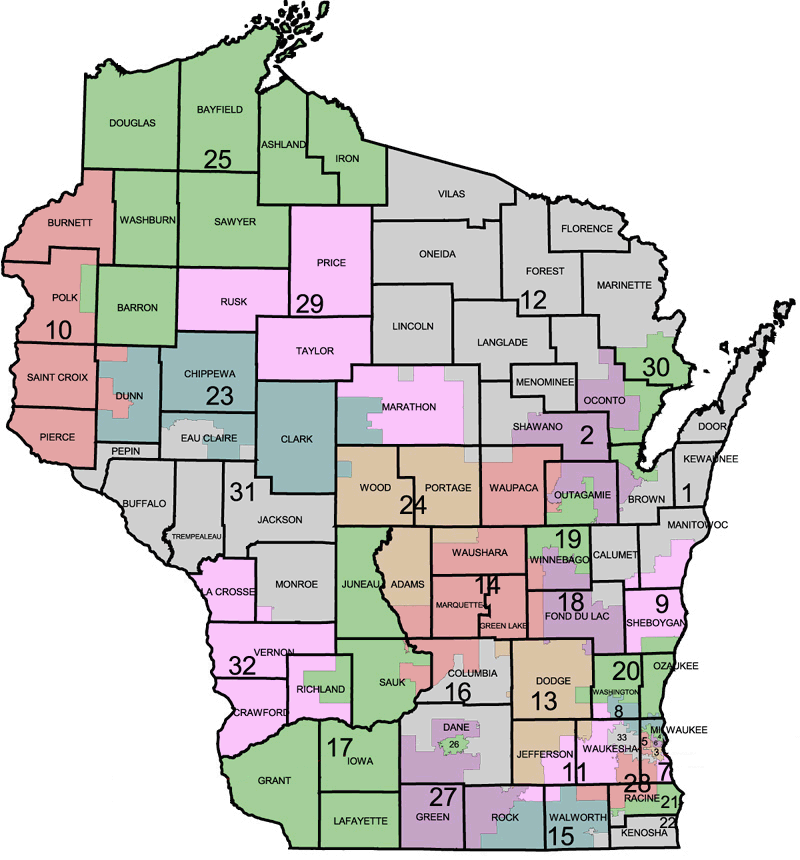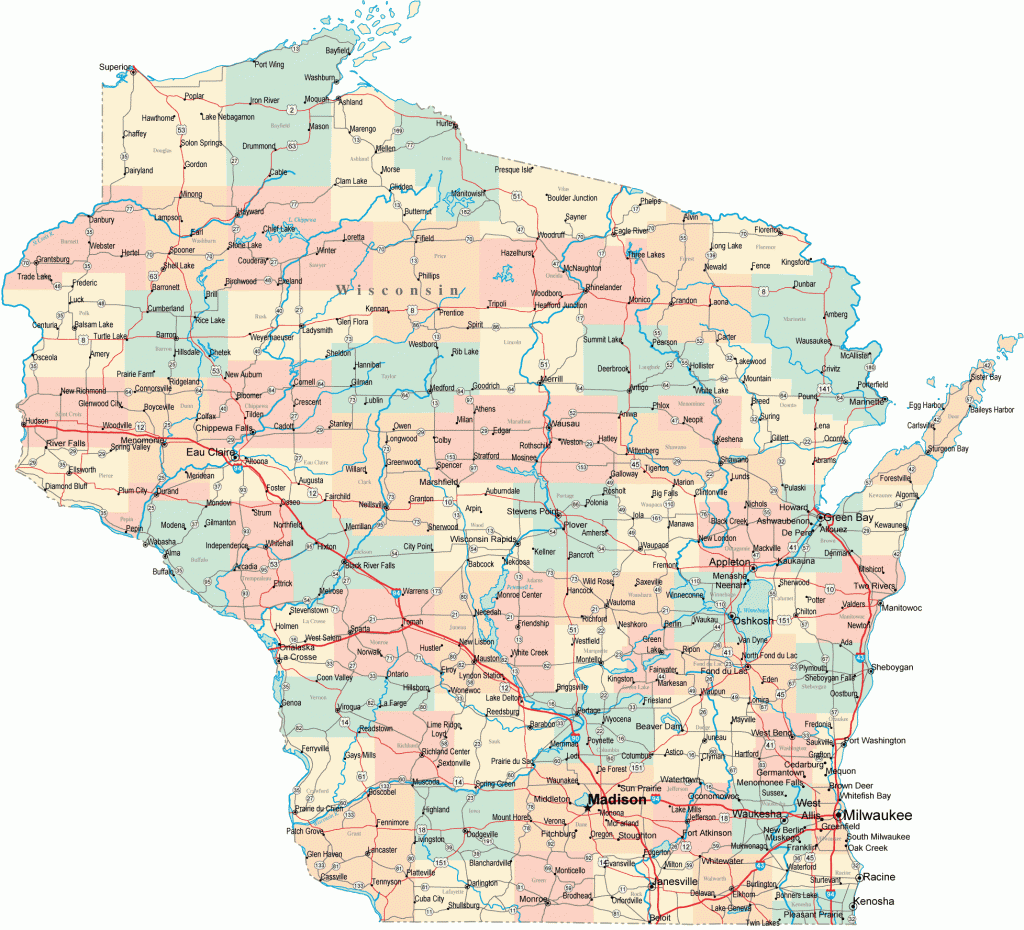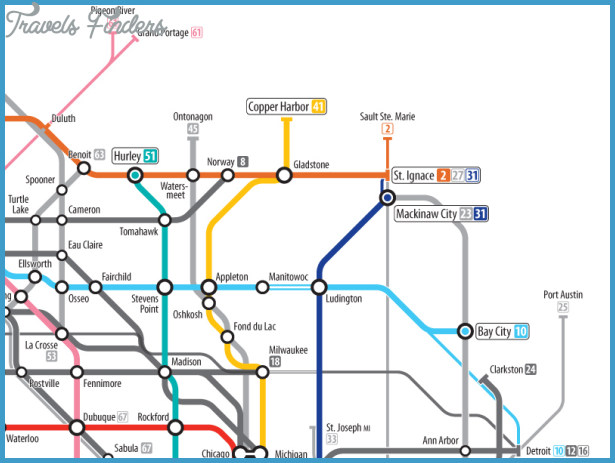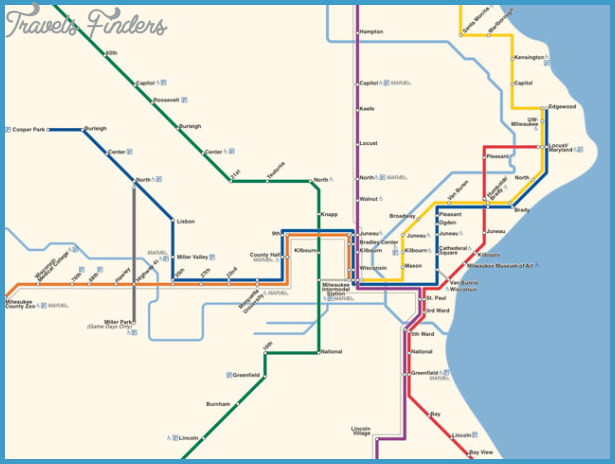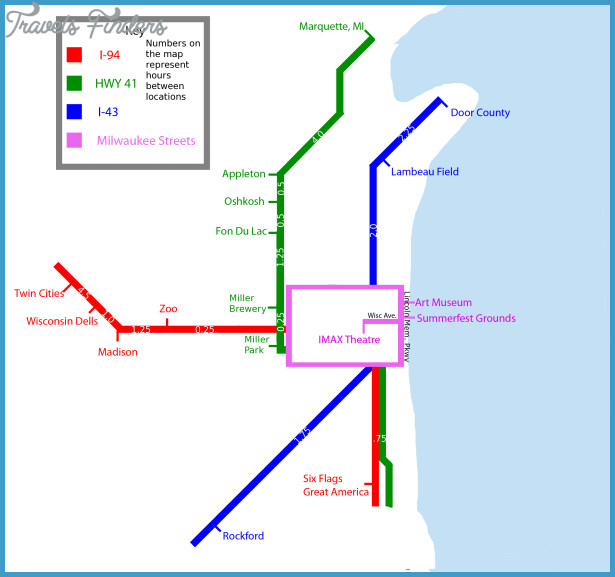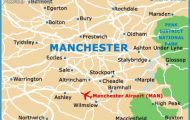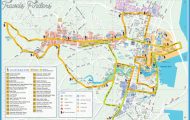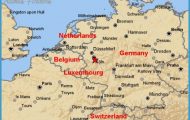Wisconsin chronology
The Wisconsin Labor History Society sponsors Struggle for Justice: The Migrant Farm Worker Labor Movement, a photojournalistic account of the hardships and resistance Latinos faced. Obreros Unidos union leader Jesus Salas, along with union journalist and photographer David Giffey, coauthored the exhibit, which travels around Wisconsin in different venues.
Census numbers reveal that growth in the Mexican community leads to the large increase in Wisconsin’s Latino population. Growth in the Puerto Rican and Cuban community also fuel this increase.
Angel Sanchez wins a seat on Milwaukee’s Common Council; he is the first Latino of Mexican heritage to do so.
Eliza Ortiz, originally from Laredo, Texas, becomes the first Latina to serve on the executive board of United Food Commercial Workers Local 538. Oscar Mayer co-workers vote her into the position.
An editorial appears in the April 17 edition of the Capital Times (Madison) saying that University of Wisconsin officials targeted employees with Hispanic surnames to determine whether they were eligible for employment. After the story goes public, university officials tell a reporter they were afraid the custodians lacked proof of citizenship.
In Milwaukee, UMOS opens the Latina Resource Center to advocate against domestic violence. The resource center provides prevention services for women, children, and families.
Latino leaders from throughout the United States and Mexico’s President Vicente Fox gather in Milwaukee for a meeting of the National Council of La Raza. The convention’s theme is Hispanics in the Midwest: The Heart of America.

